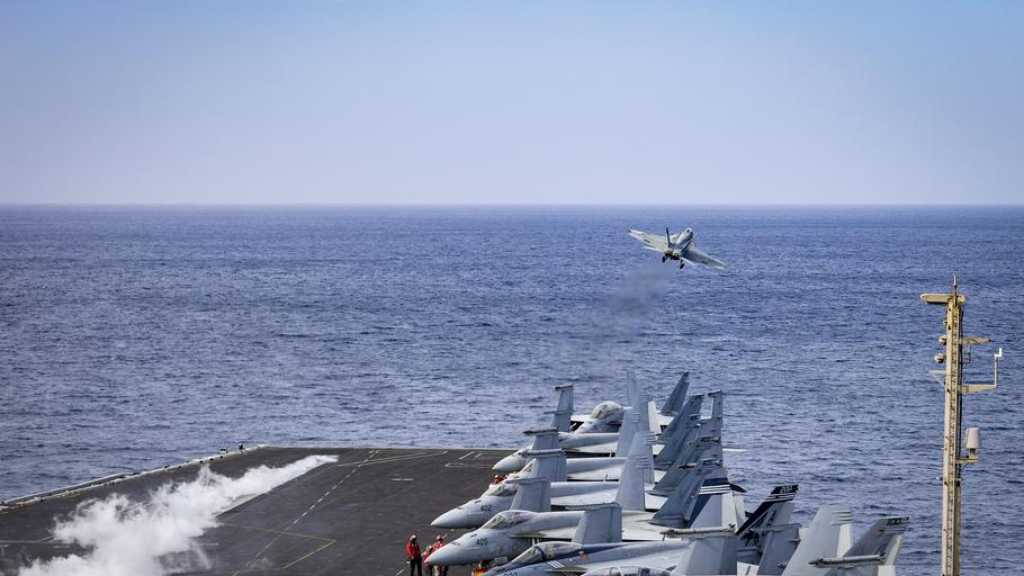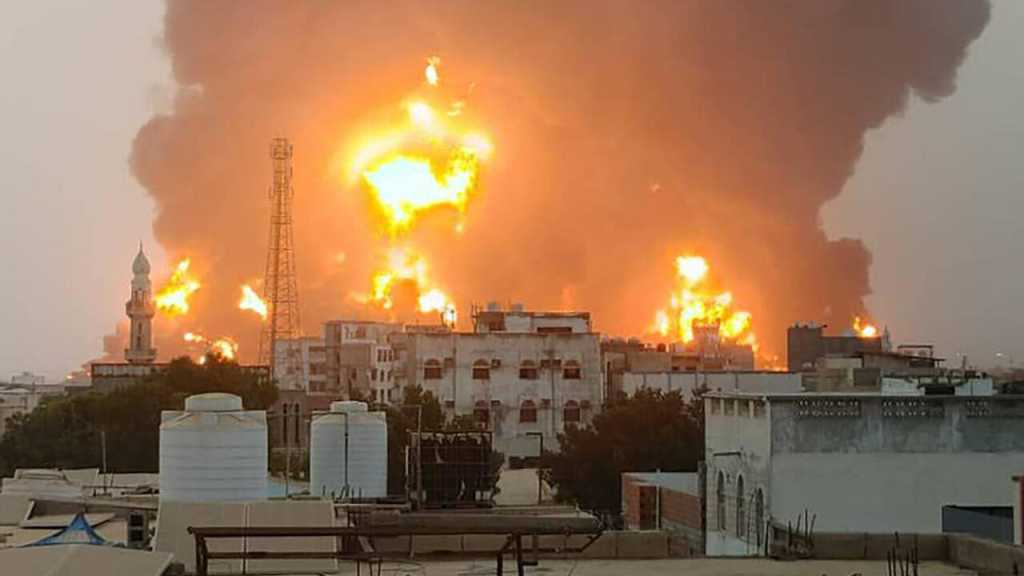WSJ: Yemen Pushes US Navy to Limits with Advanced Drone, Missile War

By Staff, Agencies
A $67 million F/A-18 Super Hornet crashed into the Red Sea on May 6 after a landing malfunction aboard the USS Harry S. Truman, marking the third jet lost by the carrier in under five months.
According to The Wall Street Journal, the incident unfolded just hours after President Trump abruptly declared a ceasefire with Yemen’s Ansarullah movement, leaving Pentagon officials scrambling to respond.
Deployed since December 2024, the USS Truman has been at the center of the Red Sea naval war 2025, tasked with containing Yemeni missile and drone attacks.
This high-stakes mission has evolved into one of the most intense maritime operations in decades, highlighting the US Navy’s growing vulnerability in modern asymmetric warfare.
The crash, described by Navy officials as “unprecedented", has further raised concerns about operational strain and systemic risk within the Truman strike group, as per the report.
In addition to three jet losses, the group has also experienced a collision at sea. The Navy and Central Command [CENTCOM] have not publicly addressed the causes under investigation.
Trump’s ceasefire announcement with Ansarullah, delivered without Pentagon coordination, shocked senior defense officials. Military leaders fear that the abrupt halt could compromise leverage in a campaign where the US has invested over $1.5 billion in munitions and deployed roughly 30 ships, or 10% of its active fleet.
Ansarullah fighters, often operating from caves and improvised launch sites, have reshaped naval warfare by deploying drones and missiles, becoming the first non-state group to use anti-ship ballistic missiles in combat.
Their evolving tactics, The Wall Street Journal reported, mirror the drone-driven transformation of warfare seen in Ukraine, enabling relatively low-cost operations against a technologically superior adversary.
Military leaders and lawmakers alike are sounding alarms over the campaign’s long-term effects. The USS Truman aircraft crash is just one sign of broader fatigue.
Rep. Ken Calvert [R-Calif.] warned during a May 14 hearing that “this persistent operational tempo comes at a cost,” citing delayed maintenance, overstretched crews, and diverted attention from China.
The Navy’s attempt to sustain high-intensity operations led to the establishment of a rearming port in the Red Sea, an unprecedented move that officials described as “game-changing". Yet, even with that logistical breakthrough, readiness concerns persist, and the US Navy’s Red Sea strategy faces scrutiny from within, the report stressed.
The Trump Yemen ceasefire may signal a shift in approach, but questions remain about its durability, as per the report.
A US officer familiar with the situation, expressing amazement at the group’s resolve and ability to adapt, acknowledged, “Their missiles are getting more advanced, which is crazy. So far, the US Navy is batting a thousand [on interceptions], and I expect that to continue, but for how long?”
Comments
- Related News




